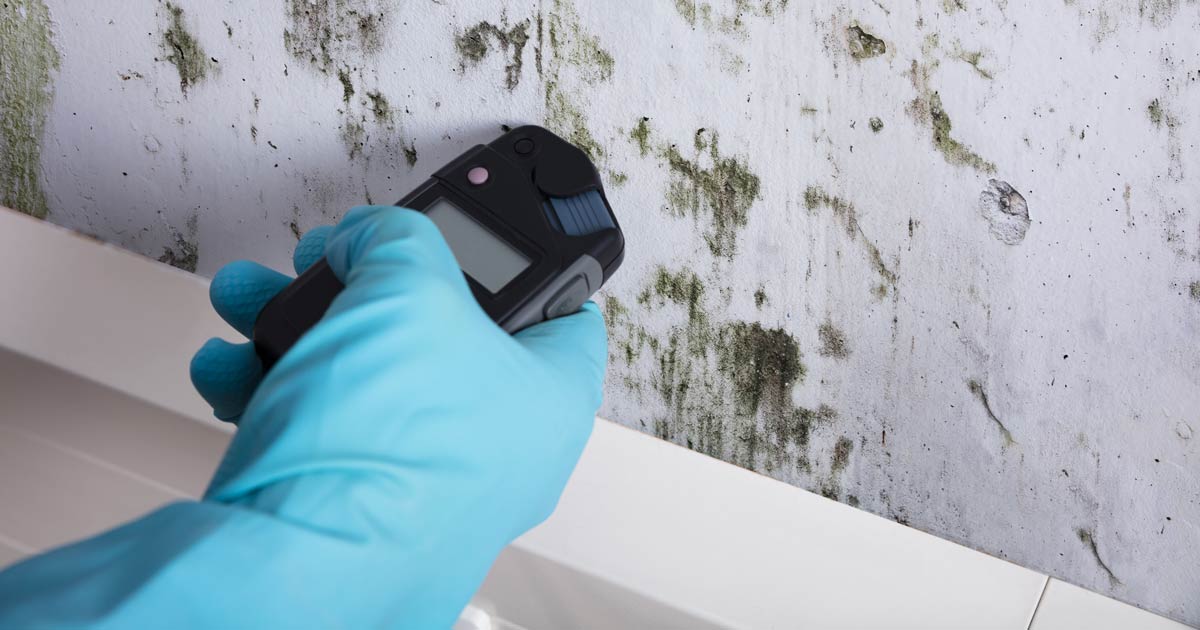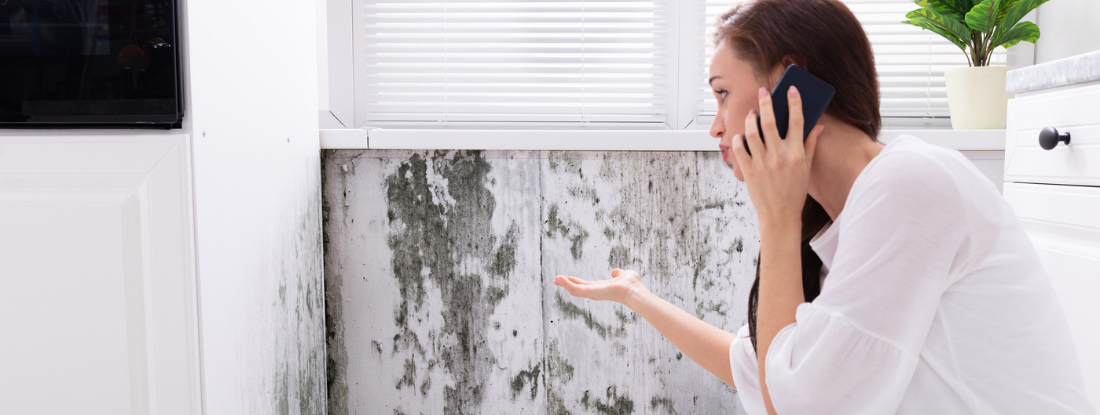Important Actions After Mold Remediation
Important Actions After Mold Remediation
Blog Article
Secret Tips for Successful Blog Post Mold Removal
Efficiently finishing mold remediation is a diverse process that calls for interest to information and adherence to details methods. These steps not only verify the success of the removal initiatives however also contribute to protecting against future mold and mildew development.
Inspection of Treated Areas
Upon conclusion of the mold and mildew removal process, a complete evaluation of the treated locations is necessary to make certain the effectiveness of the removal initiatives. This evaluation offers as an important action in the post-remediation stage to confirm that the mold and mildew elimination and cleaning treatments succeeded in eliminating the mold and mildew invasion and restoring a safe indoor setting. The examination should be performed by certified experts that have the expertise to evaluate the remediated areas thoroughly.
During the assessment, numerous aspects are reviewed to identify the success of the removal process. These include aesthetic assessments to inspect for any kind of indicators of mold development or water damage, dampness levels to verify that the location is completely dry and complimentary of excess moisture that might promote mold and mildew re-growth, and air high quality screening to make certain that the interior air is risk-free to breathe. Additionally, the evaluation might include utilizing specialized tools such as dampness meters and thermal imaging cameras to identify hidden mold and mildew or dampness pockets that might cause future mold and mildew issues if left uncontrolled. Overall, a comprehensive inspection of the dealt with locations is vital to verify the performance of the mold and mildew remediation efforts and supply assurance to the owners of the building.

Wetness Control Procedures
Reliable dampness control actions are essential for stopping mold and mildew growth and preserving a healthy interior setting. Furthermore, making use of dehumidifiers in damp areas can assist minimize moisture degrees, making it harder for mold and mildew to thrive.
On a regular basis preserving the building and evaluating's exterior can also protect against wetness breach. Post Mold Remediation Report. Guaranteeing that gutters are clear, downspouts direct water away from the foundation, and the roof is in great condition can aid prevent water from permeating right into the building. Correctly sealing doors and windows can also aid maintain dampness out
In situations where water damages occurs, timely activity is essential. Any type of leakages or spills must be cleaned and dried within 24-48 hours to prevent mold and mildew growth. Utilizing moisture meters can assist detect covert resources of water and ensure complete drying out. By carrying out these moisture control steps, the danger of mold and mildew reoccurring can be substantially lowered, creating a healthier indoor atmosphere.
Correct Air Flow Analysis
An essential element of making certain a healthy and balanced interior setting article mold and mildew remediation is carrying out a complete evaluation of the air flow system. Post Mold remediation cleaning. Appropriate ventilation assessment plays a crucial duty in stopping future mold growth and keeping air top quality within the damaged area. During the assessment, specialists examine the efficiency of the air flow system, looking for any type of blockages, leakages, or breakdowns that might hinder correct air flow. It is necessary click for more to ensure that the air flow system is sufficiently sized for the space it offers and that it fulfills industry criteria for air exchange rates.
In addition, evaluating the ventilation system consists of taking a look at the distribution of air throughout the area to recognize any kind of locations of inadequate flow where wetness and contaminants can collect. Correct air flow not just aids in regulating moisture degrees however also aids in removing airborne mold spores and other contaminants, thus improving general indoor air top quality. By addressing any type of air flow concerns upload mold and mildew remediation, building owners can produce a healthier and extra comfy setting for occupants while reducing the risk of mold re-infestation.
Cleaning and Disinfection Protocols
To make certain extensive mold and mildew remediation, precise adherence to certain cleaning and disinfection procedures is critical. Cleansing and sanitation methods play an important function in the post-mold removal phase to stop the recurrence of mold development and ensure a secure and healthy setting. The very first action in this process is the elimination of any kind of noticeable mold development using suitable cleansing agents and strategies. It is necessary to use EPA-approved fungicides and disinfectants to properly eliminate mold spores and avoid their regrowth.
After the initial cleansing, complete sanitation of the affected areas is necessary to eliminate any kind of continuing to be mold spores and hinder their proliferation. This step is crucial in preventing the spread of mold and mildew to various other components of the building. Additionally, mold removal gel executing precautionary procedures such as applying mold preventions and maintaining correct air flow can help minimize the risk of future mold problems. By complying with stringent cleansing and sanitation protocols, residential or commercial property proprietors can ensure the successful removal of mold and create a healthy indoor environment for residents.
Monitoring and Maintenance Strategy
Implementing a normal tracking and maintenance plan is necessary for making sure the lasting effectiveness of mold and mildew removal efforts. Once mold and mildew removal is completed, it is essential to establish a tracking timetable to examine the success of the removal procedure.
Additionally, creating a maintenance strategy is crucial to protecting against future mold problems. Normal maintenance not just assists in stopping mold and mildew however additionally adds to keeping a healthy and balanced indoor atmosphere - After mold remediation.
Conclusion
To conclude, you can try this out effective article mold removal includes extensive examination of dealt with locations, implementation of wetness control actions, assessment of proper air flow, adherence to cleaning and disinfection procedures, and establishment of a monitoring and maintenance strategy. These crucial actions are vital to ensure that mold development is efficiently eliminated and protected against from reoccuring in the future. By following these guidelines, building owners can keep a safe and healthy and balanced environment for residents.
Upon conclusion of the mold remediation procedure, a thorough evaluation of the treated locations is crucial to guarantee the effectiveness of the remediation efforts. These consist of visual assessments to examine for any indications of mold development or water damage, wetness degrees to confirm that the location is completely dry and complimentary of excess humidity that can promote mold and mildew re-growth, and air quality screening to ensure that the interior air is safe to take a breath. Additionally, the inspection might involve making use of specialized tools such as wetness meters and thermal imaging cams to detect hidden mold and mildew or dampness pockets that could lead to future mold problems if left uncontrolled. By dealing with any type of air flow problems post mold removal, home owners can create a healthier and a lot more comfy environment for owners while lowering the risk of mold and mildew re-infestation.

Report this page